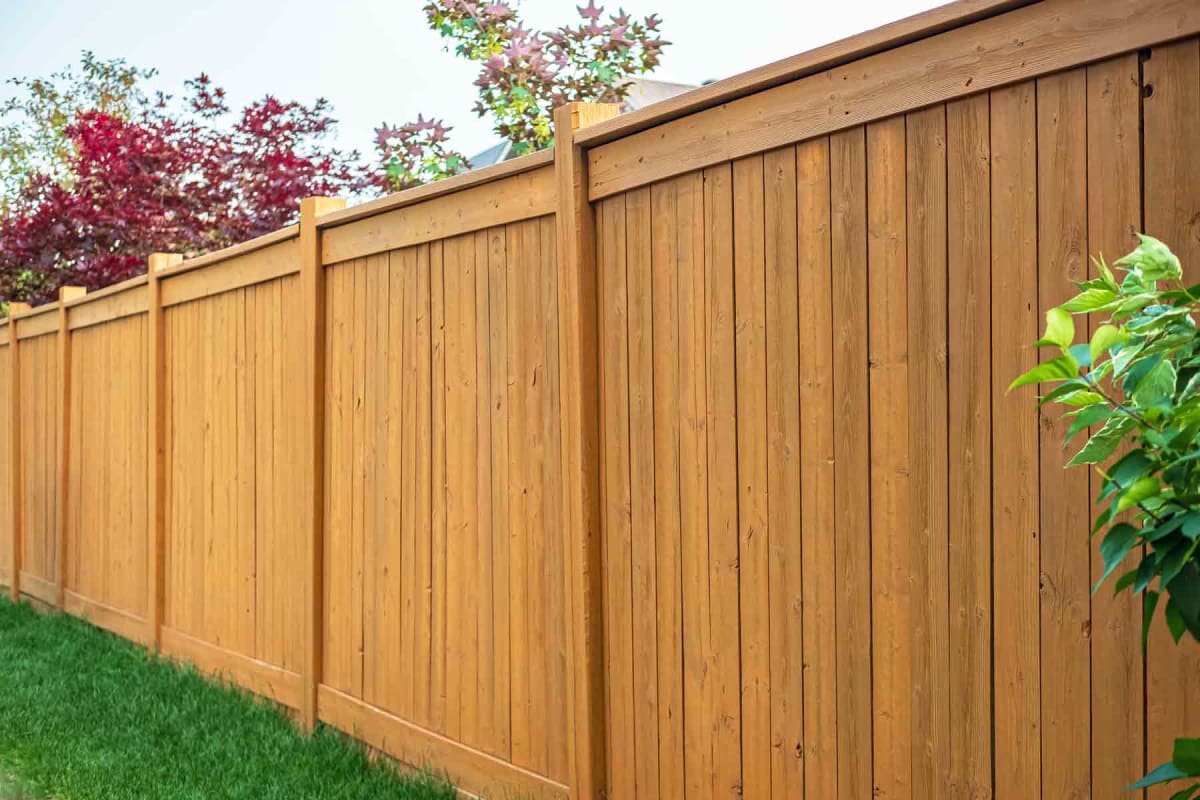Here’s the problem with being a home design columnist who talks to a lot of creative people who have good taste and good ideas: Once you know what’s possible, you can’t unknow. It can drive you nuts.
Such was the case with my kitchen hutch, a plain, pine, country French workhorse with open shelves above and ample cabinet space below. We’d been living together without complaint for 15 years, since I bought her for a steal from a shop going out of business.
That is until a few months ago when, while interviewing Dallas interior designer John Phifer Marrs for this column about his new book, “Interiors for Collectors” (Gibbs Smith, September 2021), he generally mentioned that open shelving units or cabinets you can see into look far nicer and showcase their contents much better when they are well lit and have colorfully painted interiors. The book’s many photos amplified the message.
That did it. To my newly educated eyes, my humble hutch was no longer okay as she was. And that I could not unknow. However, when I considered how to light and paint the shelves, I froze. If I put a light on the top ceiling of the upper section, it would not shine through the wood shelves below. Lower sections would still be dark. Lights in every bay seemed excessive, and switching out wood shelves for glass ones would not fit the hutch’s rustic style. Then what about the cords? And what color would I paint the background?
People are also reading…
And so, as with so many good creative ideas that die on the road between Vision Street and Execution Avenue, my inspiration almost ended there.
Until last week. An electrician was at the house working outside. I showed him the hutch, and asked what it would take to light the shelves top to bottom.
“Oh, easy,” he said. (Watch the word ‘just.’) “You just run LED strip lights vertically down the inside of the front door frames. Then you just drill small holes in the shelves to pass the light strip through. Then you just put a transformer on the top of the cabinet and run a cord down the back.”
“You lost me at transformer,” I said.
“You could do this or just get a handyman.”
“I really don’t do furniture.”
I looked at him, in a way he correctly understood to mean that wasn’t the answer I wanted.
“But I could,” he said, smart man.
On this moment my consolidated years of frustrated home improvements, of hassles with hardware stores, husbands, and handymen, all came to bear, and I said, “Look, if I work with you, you go to the lighting store once and buy all the right stuff the first time. And there’s no cursing and no throwing the hammer.”
He understood. Then, as long as I was asking him to hang the moon, I asked if we could add a dimmer.
“Yes,” he said, “and a timer.”
I resisted the urge to turn a cartwheel and sprang up and down instead.
We agreed on a price, and he got to work.
Two hours later, the shelves were delightfully aglow.
Next came the challenge of choosing a paint color. I narrowed the choice to three, shades of blue, green and orange, all colors found in the nearby drapes and throughout the house. I asked anyone who would listen for their opinion. I got a three-way tie.
So I texted Marrs, who was happy to hear he’d inspired me. I sent him photos. Within seconds he replied: “I vote orange. It is in the fabric, and would look great with the dishes. It will be pretty with the yellow walls and the crisp white trim. What a happy room!”
“And about to get even happier!” I texted back. Then I gathered my paint supplies and painted the hutch’s back wall Sherwin Williams Quite Coral. I replaced the dishes and glassware, pulling out stray pieces that weren’t part of a cohesive set, and staging the shelves with more intention. I sent Marrs photos.
“Looks fabulous! That cabinet was starved for color!’
Lights. Color. Control. Boom! Once you see it, you can’t go back.
If you have visible shelves in your home, or a hutch in need of pizzazz, here are five steps to take a basic backdrop from ordinary to extraordinary.
Define it. Visible displays should feature edited, curated content, said Marrs. Whether you’re displaying books, pottery, dishware or crystal, pick a purpose, then stage accordingly.
Light it. “Proper lighting makes everything look more dramatic,” Marrs said. Until the new evolution of LED strip lighting came about, the most common way to light a cabinet was by putting a light in the upper bay and installing glass shelves so the light showed all the way through. Retrofitting unlit cabinets was expensive. But today’s LED lights come in spools like film reels and unroll in half-inch ribbons. The strips have rows of small lights, so are easy to hide and install. “
Paint it. Dropping a dramatic color on the wall behind a collection is a simple way to make a huge impact, Marrs said. When choosing background color, consider the room’s décor as well as the color of the items you want to stand out against it.
Control it. When purchasing LED lights, make sure they’re dimmable. If you can control the light, you can control the mood. Install a dimmer as well as a timer to control when the lights go on and off.
Stage it. When displaying contents on the shelves, be intentional about what you place and where. I edited out fringe glassware, hung (rather than propped) décor plates, and grouped like items. If you can see it, make it pretty.
Marni Jameson is the author of six home and lifestyle books, including What to Do With Everything You Own to Leave the Legacy You Want, Downsizing the Family Home – What to Save, What to Let Go, and Downsizing the Blended Home – When Two Households Become One. You may reach her at www.marnijameson.com.





More Stories
How to Score Big Buying a House on Auction
What is Design Psychology and How Will it Help Me?
Energy Efficient House Design – Using Thermal Performance Assessment Techniques